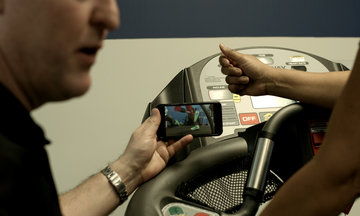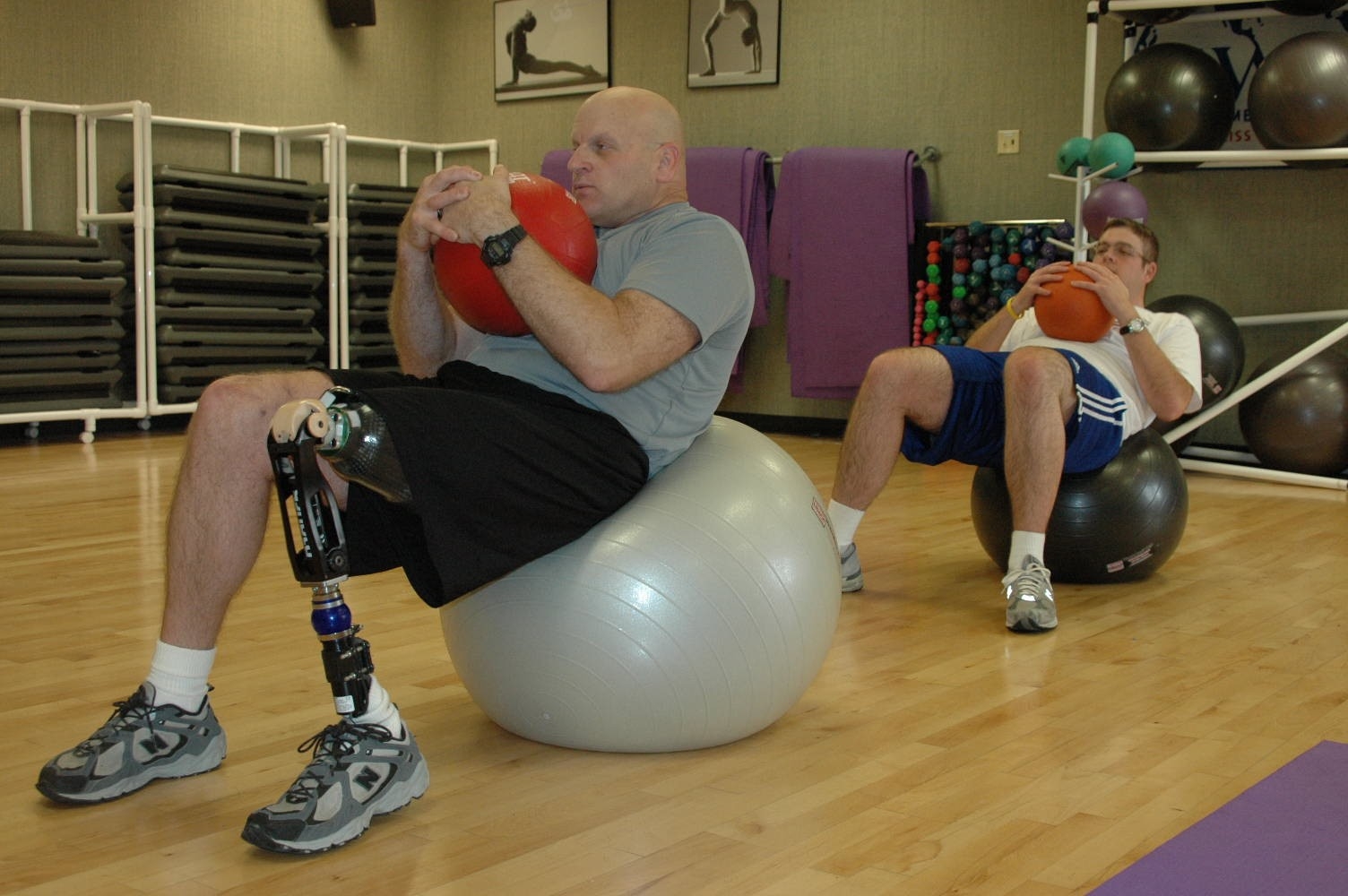MCOP Blog
Insights from our prosthetists about new technology, advances in prosthetics, & more
Lower-Extremity Recovery: Above-Knee Amputation Exercises
August 12, 2019A Guide to Hip Disarticulation, Hemipelvectomy & Above-Knee Amputation Exercises
If you’re preparing to receive, or have already received, any sort of amputation above the knee, including a hip disarticulation or hemipelvectomy, then you know that the road to recovery will be a challenging one. However, it’s far from unbeatable – after all, there are thousands of active amputees who’ve overcome all sorts of upper-extremity and below-knee amputations, and, as you’ll soon see, the same is true for above-knee amputees.
Below are a variety of exercises focused on above-knee amputation rehabilitation which can be applied to hip disarticulation and hemipelvectomy recovery practices. So, no matter what stage of recovery you’re in, these exercises can serve as critical components of acclimating to a more fit, functional, and active lifestyle.
Exercises for Above-Knee Amputees, Hip Disarticulations & Hemipelvectomy Recovery
Preventing Contractures
Contractures restrict soft tissue movement, and this restriction can severely limit joint motion. Contractures are often caused by limited movement during the early stages of post-amputation recovery, so taking appropriate precautions to avoid them is essential.
Fortunately, there are many simple joint-related exercises that can help, even during the early stages of recovery. For example:
- While sitting, rest your knee on a cushioned board or on the leg rest of your wheelchair while it remains fully extended. In the absence of a wheelchair, you could position your leg on a couch or chair. As you go throughout your day, you’ll find more and more inventive ways to avoid bending your knee.
- Rest flat on your stomach or on your elbows to keep your leg from bending at both the knee and the hip. We recommend laying on your stomach twice a day for 10-20 minutes, though this will vary based on your exact situation and needs.
Adductor Stretches
For above-knee amputees, many prosthetists and physical therapists also recommend adductor stretches to help combat contractures. To perform these stretches:
- Sit up against the head of your bed or on the floor with your back placed against the wall and your amputated limb positioned to the side as far as possible.
- With your other leg bent, bring the foot in towards your body without lifting your buttocks.
- Place a hand on each one of your thighs and push down gently until you feel a stretch in your thigh.
No matter how many times you repeat them, adductor stretches are great exercises for preventing the hip from staying in a bent or flexed position for too long.
Strengthening Your Hip Extensors
If you find that your hip is being contracted while in the sitting position, your efforts should be split between stretching and also strengthening your gluteal muscles.
Human muscles work in pairs, so the weaker muscles must be strengthened to ensure that the hip keeps its range of motion. For example:
- Lay on your back and putting your thigh on a 6” block or roller will allow you to exercise those hip extensors in the correct way.
- Another method involves laying down on your stomach and lifting your amputated limb off the bed towards the ceiling, then returning to the starting position before repeating.
Pilates
If you have at least a passing interest in exercise or fitness, you’ve likely heard of “Pilates” by now, even if you’ve never actively participated.
Pilates focuses on low-impact flexibility, muscular strength, and endurance movements, while also emphasizing postural alignment, core strength, and muscle balance. As a result, they’re a great way to improve everything from amputee pain levels to amputee balance issues as you recover from an above-knee amputation, hip disarticulation, or hemipelvectomy.
Like many exercises, the most daunting part is just getting started, but with the help of a knowledgable physical therapist, personal trainer, and/or qualified prosthetist, you can always take comfort knowing you’re in good hands.
As You #MoveForward, Our Amputee Fitness Experts Can Help.
There are many goals tied into above-knee, hip disarticulation, and hemipelvectomy recovery. While many of the aforementioned tips are for the earlier stages of post-amputation recovery, you’ll find that many are also viable options to regain motion, decrease stiffness, and strengthen your muscles.
Over time, your endurance for various activities will increase, and every day will bring you closer to joining the ranks of the thousands of active amputees who have overcome hurdles similar to the ones that you’re now facing.
In the meantime, you can learn more about the many above-knee prosthetics, hip disarticulation prosthetics, or hemipelvectomy prosthetics offered at our various locations in Maryland, Washington, D.C., and Boston. Or, if you’d like to speak with an MCOP team member to gain some one-on-one insights, request a particular service or device, or discuss an in-person appointment, feel free to contact us today!

